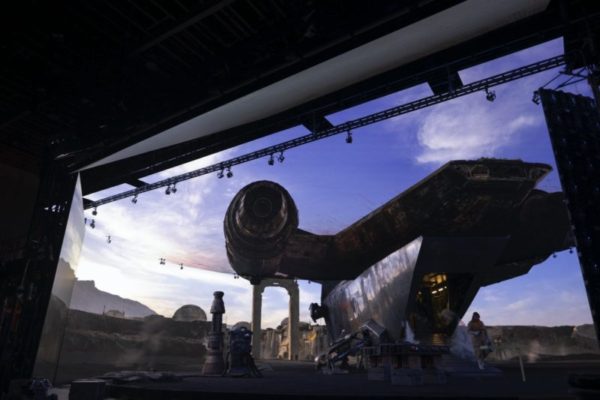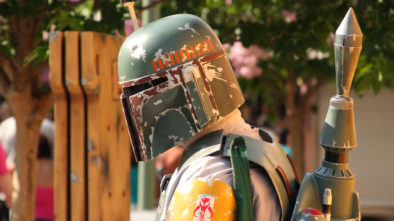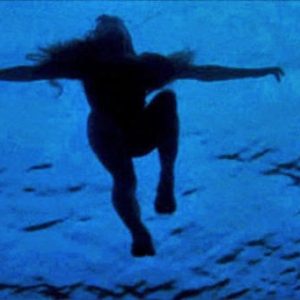Watch Greig Fraser And Roger Deakins Discuss the Future of Virtual Cinematography
How will virtual cinematography affect live-action filmmaking?
If you’re fascinated with ILM’s StageCraft and the potential of virtual cinematography, then check out this discussion between Greig Fraser (The Mandalorian) and Roger Deakins.
Fraser, who helped pioneer StageCraft, explains the issues involved in using this semicircular virtual stage. As you can imagine, while new technology solves a whole suite of problems, it often comes with its own unique challenges.
While StageCraft allows you to switch from a desert to an icy location in a few hours, there is no plan B if something goes wrong. On a location shoot, you can salvage the day if something goes wrong, while the slightest issue can shut down the shoot on StageCraft.
Problems aside, Fraser believes “The Volume” creates some of the most realistic lighting environments possible. StageCraft effectively allows you to shoot a ten-hour sunrise scene. The ability to stop time, in a virtual sense, and shoot for hours at one time of day until you get the shots you need or want is miraculous, and thanks to StageCraft now possible with technology.
Deakins adds that on a location shoot, crew would normally shoot multiple days at dawn to catch the light and get the shots they need. In No Country For Old Men, he shot a twilight scene over 7/8 days, which in StageCraft, he could do in one day.

An important question Deakins raises is about Inverse Square Law. The veteran cinematographer mentioned that because the LED light is actually closer to the subject than the sky, for instance, you wouldn’t quite have the same fall off as a real skylight, because the distance of the actual sunlight is much further away than where the LED light would be lighting from.
Fraser agrees, and this was a primary challenge he needed to solve in the early stage of filming The Mandalorian to get a believable exposure and fall off. In effect, StageCraft’s LED sky can produce a similar effect to a real one. In a video for Vox, Charmaine Chan, who worked on The Mandalorian in the Brain Bar, said the immersive environment (including the lighting) was so real it was easy to bump into the LED screens.
The immersive environment of StageCraft removes (for the most part) green screen which allows crew to film an actual background and visual effects in-camera and also allows actors to engage with something they can see. However, Fraser says that in the early stages, before sets are built, the crew block the scenes without knowing what they’re filming.
As the technology improves and becomes more ubiquitous, Fraser expects filmmakers will shoot serious dramas in The Volume. By the end of the decade, it will be commonplace for films to do some location shoots and then finish them in The Volume.
“We as DPs, [when the script calls for] last light, we’d have to find ways to do the coverage into things that don’t see the hillside to be able to get the shot on schedule. With this [LED Volume], every angle you look is perfect. I’m a strong advocate of it, and I love shooting for real… but this is just another tool in the toolbox that I feel is better than the bluescreen,” he says.
It’s exciting times for virtual cinematography, though part of me is worried about the possibility that everything will become virtual including actors. Could the magic of technology destroy the magic of filmmaking?




